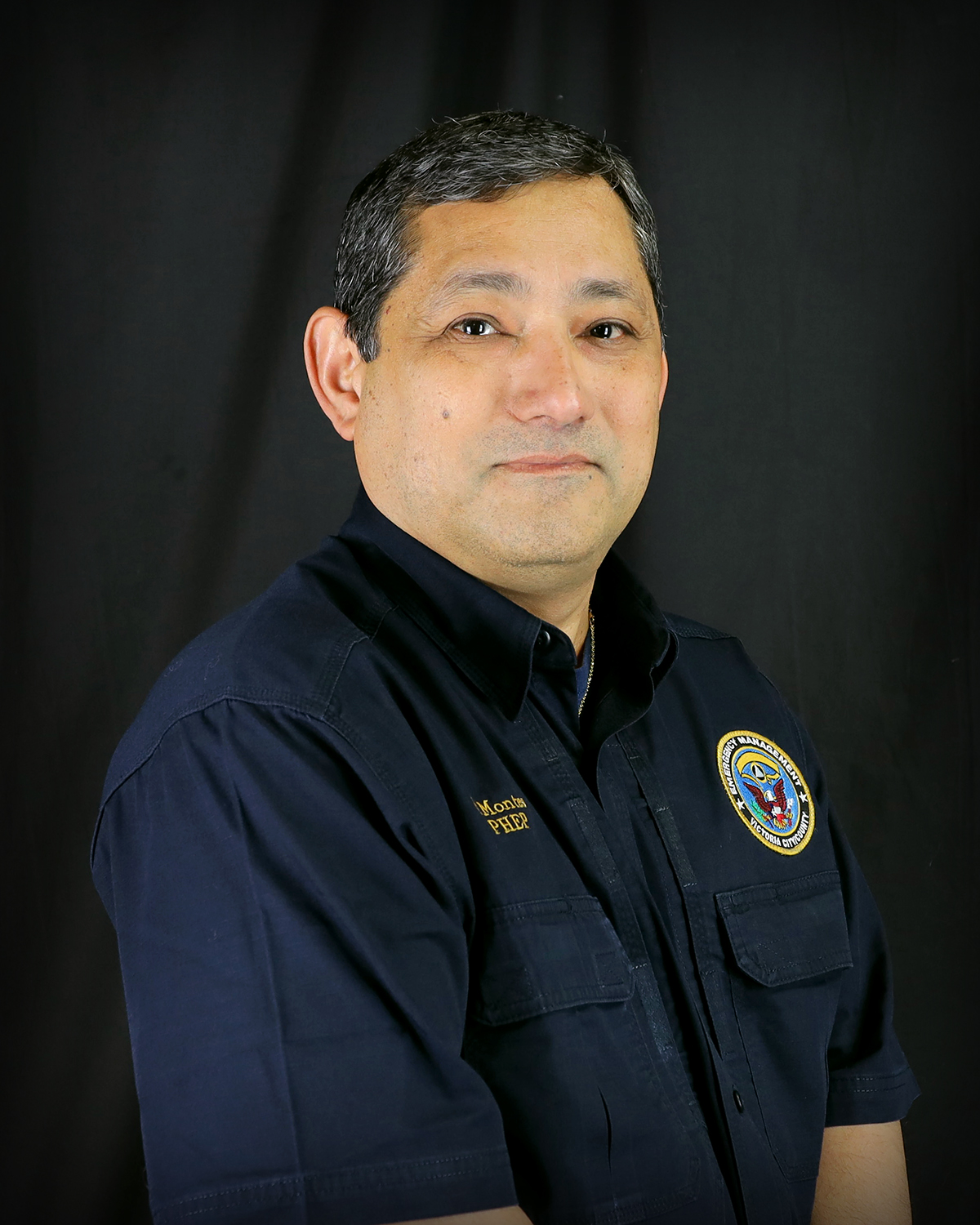What is the All-Hazards Approach in Public Health? There are many types of emergencies and disasters, and we need to consider a wide range of threats or hazards. The probability that a specific threat or hazard will impact you can be complex. That's why it's crucial to consider many different threats and hazards and the likelihood they will occur and impact your community, home, and physical and mental health.
There are different types of disasters. Natural Disasters are caused by nature, such as hurricanes, tornadoes, earthquakes, volcanic eruptions, and droughts. Human-caused disasters result from human intent, negligence, or error, such as people attacking or damaging what is valuable in a society. Technological Disasters are caused by accidents or system failures, such as chemical and industrial accidents, mine shaft fires, and oil spills.
A pandemic, such as the COVID-19 pandemic, has been categorized as a Natural or Technological disaster. Regardless of classification, it was a response that challenged everyone regarding resources, from everyday living to public health and healthcare.
These disasters or events can disrupt daily life, education, employment, public health, and healthcare. They can also cause utility outages, such as electrical, water, and gas; information technology systems, such as computer wi-fi/internet; telecommunication systems, such as land-line telephone and cellular services; transportation systems, such as public and private buses and trains; and essential supplies, such as medicine/medical equipment, food, water, cleaning/disinfecting supplies, etc.
So, how can you plan and prepare for a disaster? First, stay informed about the all-hazards approach and emergency preparedness. Second, learn about disasters and how they affect you and your community. Look for current information on emergency preparedness by going to your local Victoria County Public Health Department and Victoria Office of Emergency Management websites. Become familiar with community emergency plans: home, employer, educational institution, and healthcare, local, state, and federal agencies.
Create a preparedness plan and kit with the understanding that your plan and kit may differ depending on threats and hazards, geographical location, functional needs, healthcare, chronic diseases, etc. The last recommendation is to practice emergency preparedness plans by conducting open discussions or simulation exercises to practice a realistic event. State and federal resources like Texas Ready and Ready.gov can also support your all-hazards and emergency preparedness planning efforts
Another consideration is joining your local Office of Emergency Management Emergency Notification System. For Victoria's residents to receive the "CodeRed" emergency alerts through the Victoria Office of Emergency Management, text the word "ALERTVICTORIA" to the number 99411. In coordination with County and City staff, Victoria's Office of Emergency Management sends these notifications by text and phone to subscribed residents.
Conducting a damage assessment is just as important as preparing for the disaster. A damage assessment determines the nature and extent of the loss, suffering, and/or harm to you and the community resulting from a disaster. Taking photographs or videos before and after a disaster and having an inventory list of damaged or lost items can assist with insurance claims. This assessment provides critical information on the event's scope and severity.
The last thing to remember is to conduct year-round infection control measures, such as washing hands, covering coughs and sneezes, staying home when sick, staying away from sick people, practicing social distancing, and cleaning and sterilizing contaminated surfaces.
Remember, Always Stay Safe and Healthy!
Ralph Montes began his public health career in January 2020 as the Public Health Emergency Preparedness and Strategic National Stockpile Coordinator. In addition to this role, Ralph serves as a liaison between the Victoria County Public Health Department and the Victoria Office of Emergency Management. He is also the Victoria Community Emergency Response Team Program Manager, Community Emergency Response Team instructor, and Stop the Bleed instructor.
